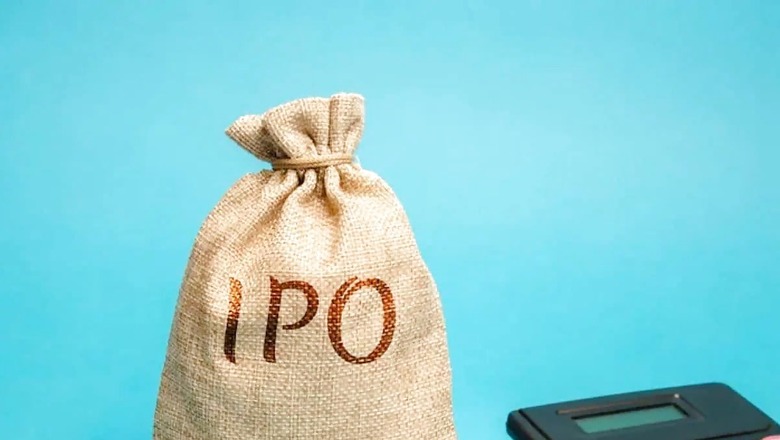
views
India’s primary market is in full swing amid the bull secondary market trend. A number of IPOs are hitting markets every week. Though initial public offerings (IPOs) can be an exciting venture, IPOs also carry inherent risks, and it’s crucial to evaluate them carefully before investing. Here’s a comprehensive beginner’s guide on how to evaluate IPOs effectively.
Understanding IPOs
An IPO is the process through which a private company offers its shares to the public for the first time. Companies go public to raise capital for various reasons such as expansion, paying off debt, or funding new projects. For investors, IPOs provide an opportunity to invest in a company’s early stages and potentially reap significant rewards as the company grows.
Key Factors to Consider
1. Company Background
Start with thorough research on the company’s history, its business model, and the industry it operates in. Look into the company’s products or services, its market position, and its competitive advantages.
“A solid business model in a growing industry can indicate a strong potential for future growth,” according to a market analyst.
2. Financial Health
Analyse the company’s financial statements, including its income statement, balance sheet, and cash flow statement.
“Look for consistent revenue growth, profitability, and manageable debt levels. High levels of debt can be a warning sign, indicating potential financial instability. Pay attention to metrics such as profit margins and return on equity,” the analyst said.
3. Management Team
The experience and track record of the company’s management team are critical factors in its potential success. Research the backgrounds of key executives and board members. A leadership team with a history of successful ventures can be a positive indicator of the company’s future performance.
4. IPO Valuation
Assessing the valuation of the IPO is crucial. Compare the company’s valuation metrics, such as the price-to-earnings (P/E) ratio and price-to-sales (P/S) ratio, with those of similar companies in the industry. An overly high valuation may suggest that the stock price could fall after the initial hype subsides.
5. Use of Proceeds
Understand how the company plans to use the funds raised from the IPO. The prospectus should outline whether the capital will be used for growth initiatives, debt repayment, or other purposes.
“Ideally, the funds should be directed towards projects that will enhance the company’s growth and profitability,” the analyst said.
6. Market Conditions
The broader market environment can significantly impact the performance of an IPO. Favourable market conditions, such as a bullish stock market, can increase the chances of a successful IPO. Conversely, volatile or bearish markets can lead to disappointing IPO performances, the analyst said.
7. Lock-Up Period
The lock-up period is the timeframe during which insiders are prohibited from selling their shares after the IPO. This period typically lasts between 90 and 180 days. Be aware that the end of the lock-up period can lead to increased stock volatility as insiders may sell their shares, potentially driving the price down.
8. Analyst Reports
Reviewing reports and opinions from financial analysts can provide valuable insights. Analysts’ forecasts and recommendations can help you gauge the IPO’s potential, but it’s important to be aware of possible biases and conflicts of interest.
9. Risks and Rewards
Evaluate the risks associated with the company and the industry. “Consider factors such as market competition, regulatory changes, and technological advancements. Balancing the potential rewards against the risks will help you make a more informed decision,” the analyst said.
Conclusion
“Evaluating an IPO requires a thorough understanding of the company, its financial health, management team, and market conditions. By considering these factors, you can make more informed investment decisions and increase your chances of success. Remember, investing in IPOs carries risks, and it’s essential to diversify your portfolio and not invest more than you can afford to lose,” the analyst said.















Comments
0 comment